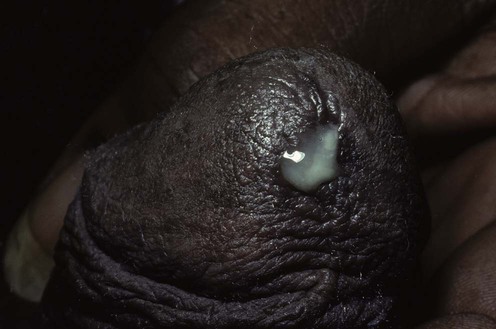 Azithromycin 2 g orally in a single dose Azithromycin 2 g orally in a single dose |
C |
 Spectinomycin 2 g intramuscularly in a single dose Spectinomycin 2 g intramuscularly in a single dose |
B |
 Ciprofloxacin 500 mg orally in a single dose Ciprofloxacin 500 mg orally in a single dose |
B |
 Ofloxacin 400 mg orally in a single dose Ofloxacin 400 mg orally in a single dose |
B |
 Penicillin 8 x 106 units intramuscularly plus 1 g of probenecid Penicillin 8 x 106 units intramuscularly plus 1 g of probenecid |
B |
 Gentamicin 240 mg intramuscularly as a single dose Gentamicin 240 mg intramuscularly as a single dose |
B |


